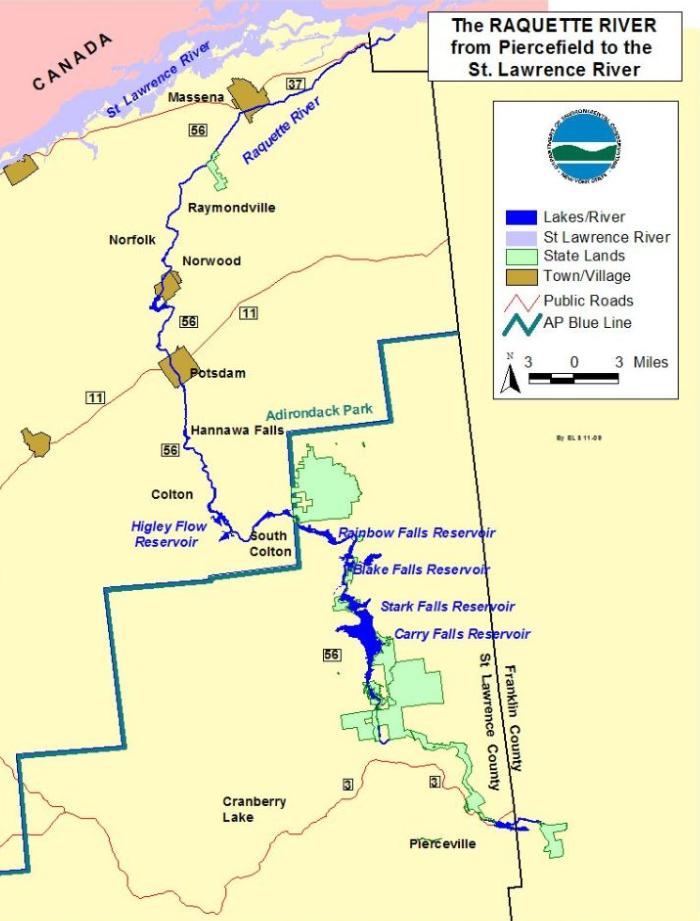 |
Canku Ota
|
 |
|
(Many Paths)
|
||
|
An Online Newsletter
Celebrating Native America
|
||
|
May 2018 - Volume 16
Number 5
|
||
|
|
||
|
The Maple:
Chief Of All Trees |
||
|
by Doug George-Kanentiio©
- News From Indian Country
|
||
When the Creator-Sonkweiiateson in Mohawk-planted the trees of the world a decision was made to make Wahta-the Maple-the chief of all trees. Not only did the maple carry the words of humans to his relatives but to that species was given another task. In this part of the world the winter months may be long and cold, the land covered in heavy blankets of snow which makes food difficult to come by and would push the Mohawk people closer to their longhouse fires. The Creator noticed that the people would become ill for lack of fresh food and their spirits would grow weary as they waited for the spring. He decided that he would speak to the Maple and see if something could be done. It was decided that the maple would allow its sap, its blood, to be taken and made into a drink, one that would replenish the body and lift the soul. So it was done; the Creator showed the people how to take a hollow sumac branch and insert it into a maple tree and then drink the pure syrup which flowed from the tube. The people were happy and thanked the Creator. As is the way, the Creator had to leave this earth to travel to other worlds and tend to them. He was gone a very long time. One day he returned to see how the people were. This was in the latter days of winter but when he came to the longhouses he did not see plumes of smoke arising from the home fires. He would have normally been welcomed by the dogs of the village but they were missing. When he entered the longhouses there were but cold ashes and above him in the rafters food which had not been eaten. He wondered at this. When he left the longhouse he saw many footrprints of humans and dogs leading away from the village towards a forest of maple trees. He followed the tracks until he entered the grove and their saw the people sprawled upon the ground. It was that they had become immersed in the maple syrup. They had taken the sumac tubes, inserted them into the trees and drank too much that they could hold no more and dropped to the ground.
The Creator saw that even the dogs had drunk of the syrup, copying the behaviour of the people, drunk of the syrup and lay there on their backs with their legs pointed to the sky. This was not good. The Creator aroused the people from their stupor and told them that no longer would they be able to drink the syrup right from the tree. They would have to work for it so he showed them how to take sap, place it into a container and bring it to a near boil until, after many hours, they would have syrup and, after more work, maple sugar. While both maple sap and syrup would remain a great medicine for the people they must not take it for granted. The people were also shown how to speak to the maples, and then all trees. They would watch carefully for the maple to emerge from its sleep and gather to express their gratitude to wahta for its great gift before they tapped into the trees. Once they had a harvest of syrup they would gather again and thank the Creator and wahta for this most wonderful of drinks. Should they do this then the maple would give its lifeblood to the people, should they fail the maples would one day leave the earth. To this day the Mohawks, the inventors of maple syrup and maple sugar, gather at the longhouse to honour wahta by giving thanks. On the banks of the Nihahnawa:te (Raquette) and Kaniatarowanenneh (St. Lawrence) rivers you can still hear the Mohawks rise their voices in song and stomp their feet in dance as we celebrate the arrival of spring and the beginning of new life on Iethi:nistenha Ohnontsia-our Earth Mother. |
|||
|
|
|
||
|
|
||
| Canku Ota is a free Newsletter celebrating Native America, its traditions and accomplishments . We do not provide subscriber or visitor names to anyone. Some articles presented in Canku Ota may contain copyright material. We have received appropriate permissions for republishing any articles. Material appearing here is distributed without profit or monetary gain to those who have expressed an interest. This is in accordance with Title 17 U.S.C. Section 107. | ||
|
Canku Ota is a copyright ©
2000 - 2018 of Vicki Williams Barry and Paul Barry.
|
||
 |
 |
|
|
The "Canku
Ota - A Newsletter Celebrating Native America" web site and
its design is the
|
||
|
Copyright ©
1999 - 2018 of Paul C. Barry.
|
||
|
All Rights Reserved.
|
||

